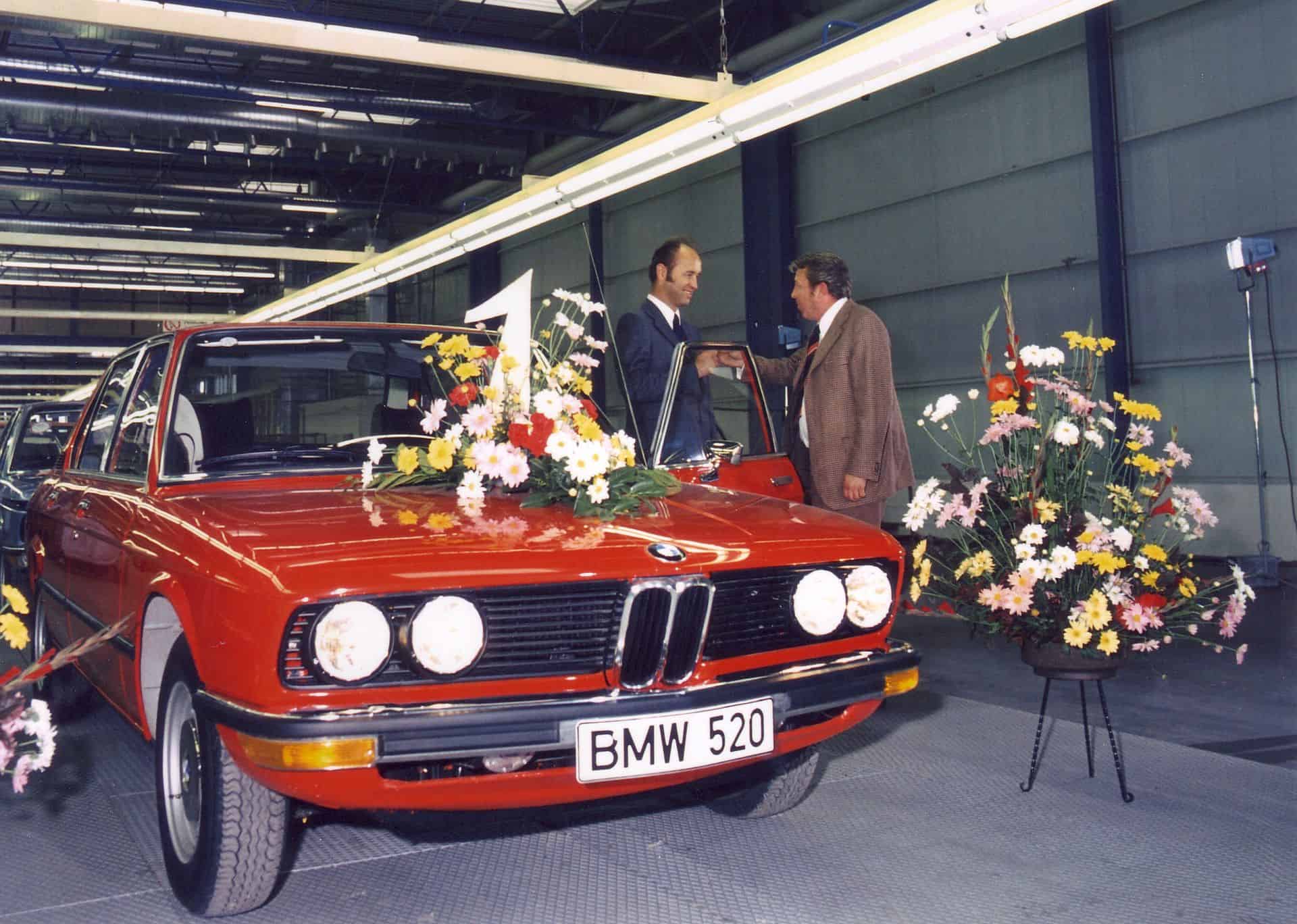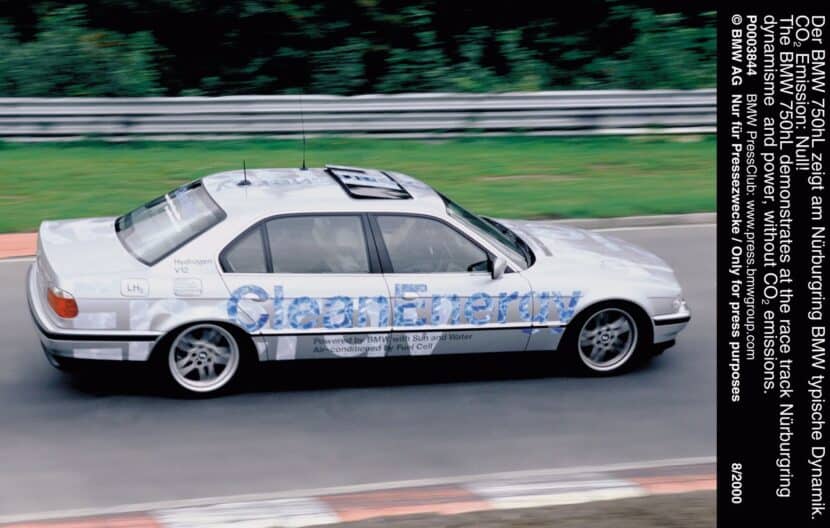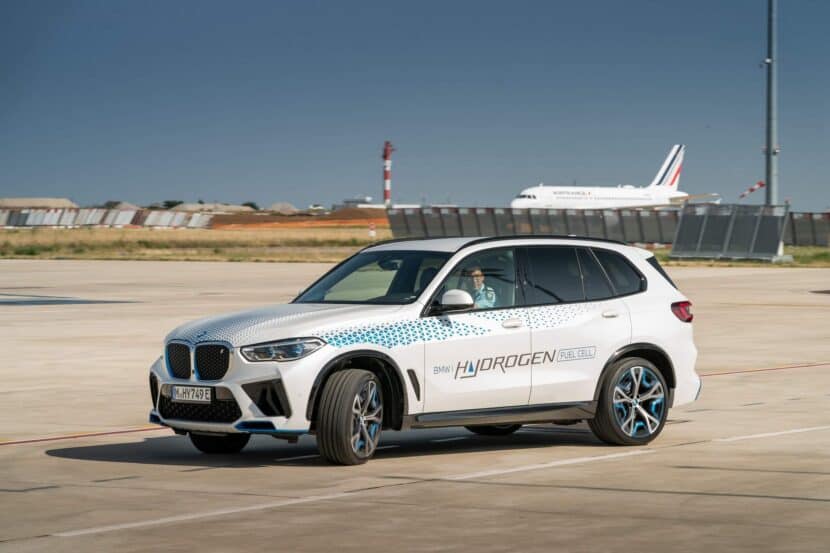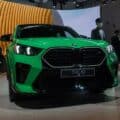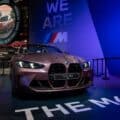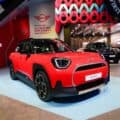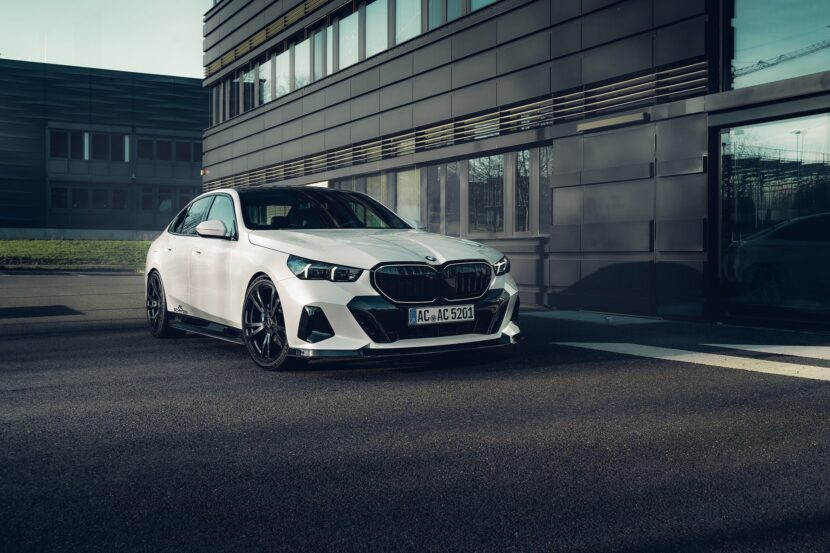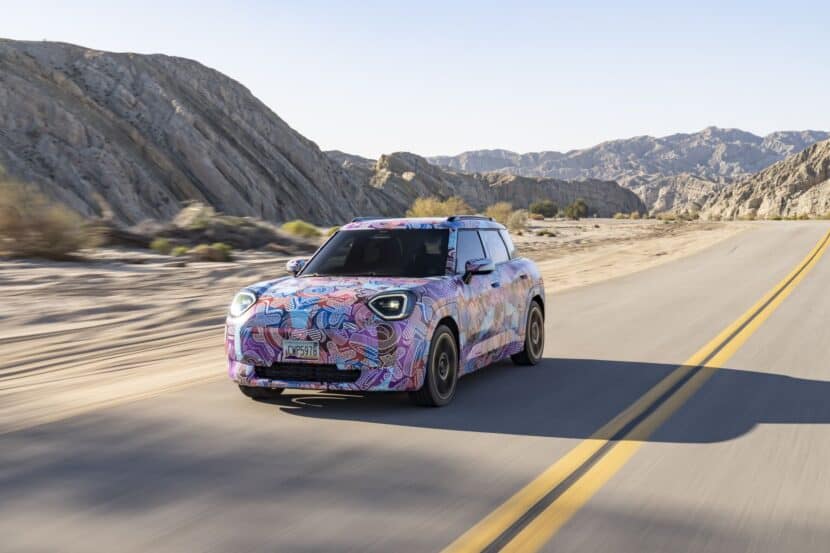BMW’s hydrogen efforts go as far back as the late 1970s with a prototype based on the first-generation 5 Series Sedan. The E12 in the 520i specification kept its internal combustion engine but it was modified to run on liquid hydrogen. A new video from BMW Group Classic offers us a rare look at the 520h developed in collaboration with the German Aerospace Research Institute. You can imagine it was far less practical than the gasoline-fueled 520i of those days because the hydrogen tank occupied most of the trunk space. The tank had to be specially insulated to protect the hydrogen and store it for as long as possible at a temperature of -250 degrees Celsius (-418 degrees Fahrenheit).
From the 520h to the 750hL: Evolution of BMW’s Hydrogen Vehicles
While later hydrogen BMW prototypes were engineered to run on both gasoline and hydrogen, the 520h used only the latter. Interestingly, we also get to see a black 7 Series E23 from 1980 with a hydrogen tank good for 300 kilometers (186 miles) of range. The video takes us on a tour of the other test vehicles, including the E32 7 Series 735i from 1988 with a better layout since the hydrogen tank didn’t eat as much into the cargo area.
Then the 750hL comes along in the video as a special E38 from 2000 with a hydrogen-fueled V12 engine producing over 200 horsepower. Only 15 cars were ever made, and these had a top speed of more than 143 mph (230 km/h). The 5.4-liter engine produced 204 horsepower and ran on gasoline and hydrogen, covering 250 miles (402 kilometers) with a full 140-liter hydrogen tank before switching to gas.
BMW’s Hydrogen Ambitions: A Journey from the 1970s to the Future
The most popular of the lot is unquestionably the BMW Hydrogen 7 from 2006, based on the 760Li (E65). It too had a V12 engine, dialed to 260 horsepower. It was enough punch for a 0 to 62 mph (100 km/h) run in 9.5 seconds and an electronically capped top speed of 143 mph (230 km/h). The “world’s first hydrogen-powered luxury saloon car” as it was called back in the day had 125 miles (201 kilometers) of range from the liquid hydrogen tank holding 8 kilograms of fuel. The 74-liter gasoline tank provided an extra 300 miles (483 kilometers) of range.
We also get to see the 2004 H2R Record Car with its 6.0-liter V12 engine borrowed from the 760i. The carbon fiber-bodied machine set nine world records: flying-start kilometer, flying-start mile, standing-start 1/8 mile, standing-start quarter mile, standing-start half kilometer, standing-start mile, standing-start 10 miles, standing-start kilometer, and standing-start 10 kilometers. It had 232 hp on tap, giving it a 0-62 mph (0-100 km/h) sprint in 6 seconds and a top speed of 187.62 mph (301.95 km/h).
BMW’s Commitment to Hydrogen: The iX5 and Beyond
With the iX5 based on the current-generation X5 luxury SUV, BMW is still pursuing hydrogen technology. In late 2022, BMW Group chairman Oliver Zipse promised: “In this decade there will be a viable product from BMW with hydrogen. You will see that. We believe in hydrogen for many reasons. We believe that – and I’m speaking now from the BMW side but that ends up being for every brand in the Group – if you want to ride emissions-free and you do not have a charging station, this is the only possibility we have.”
Source: BMW Group Classic / YouTube


